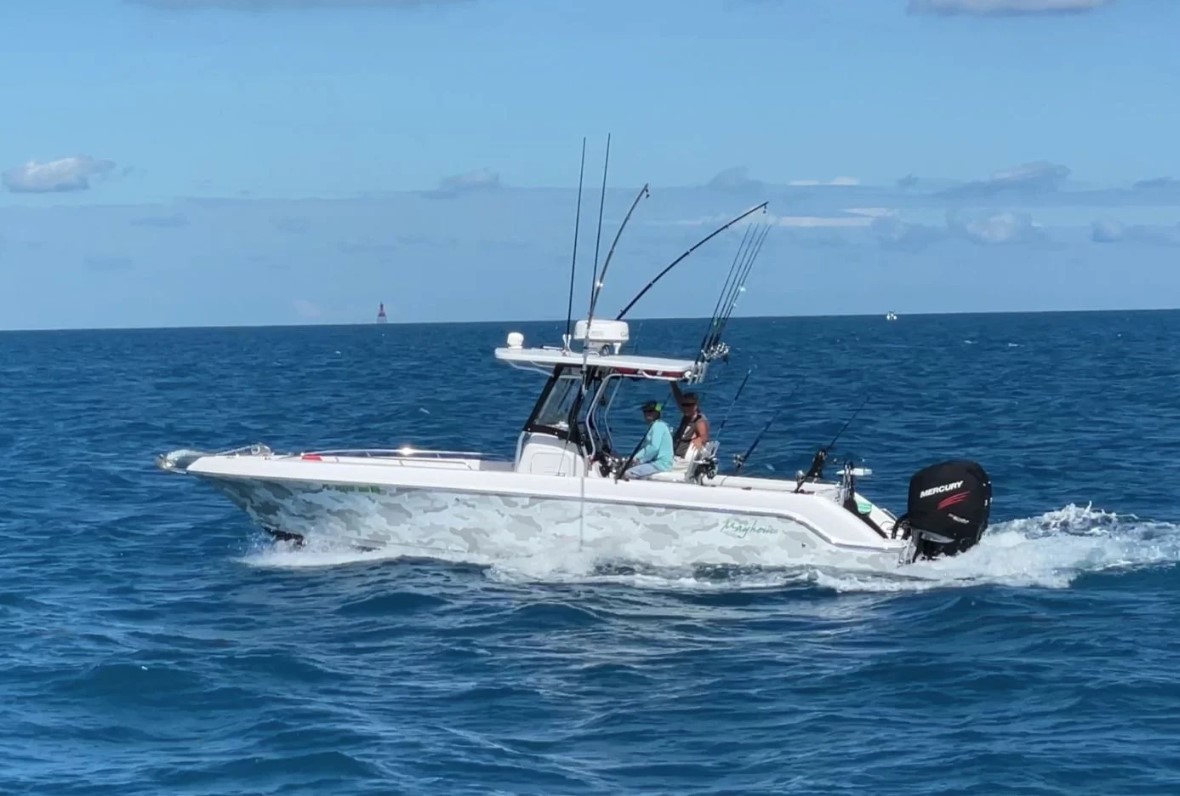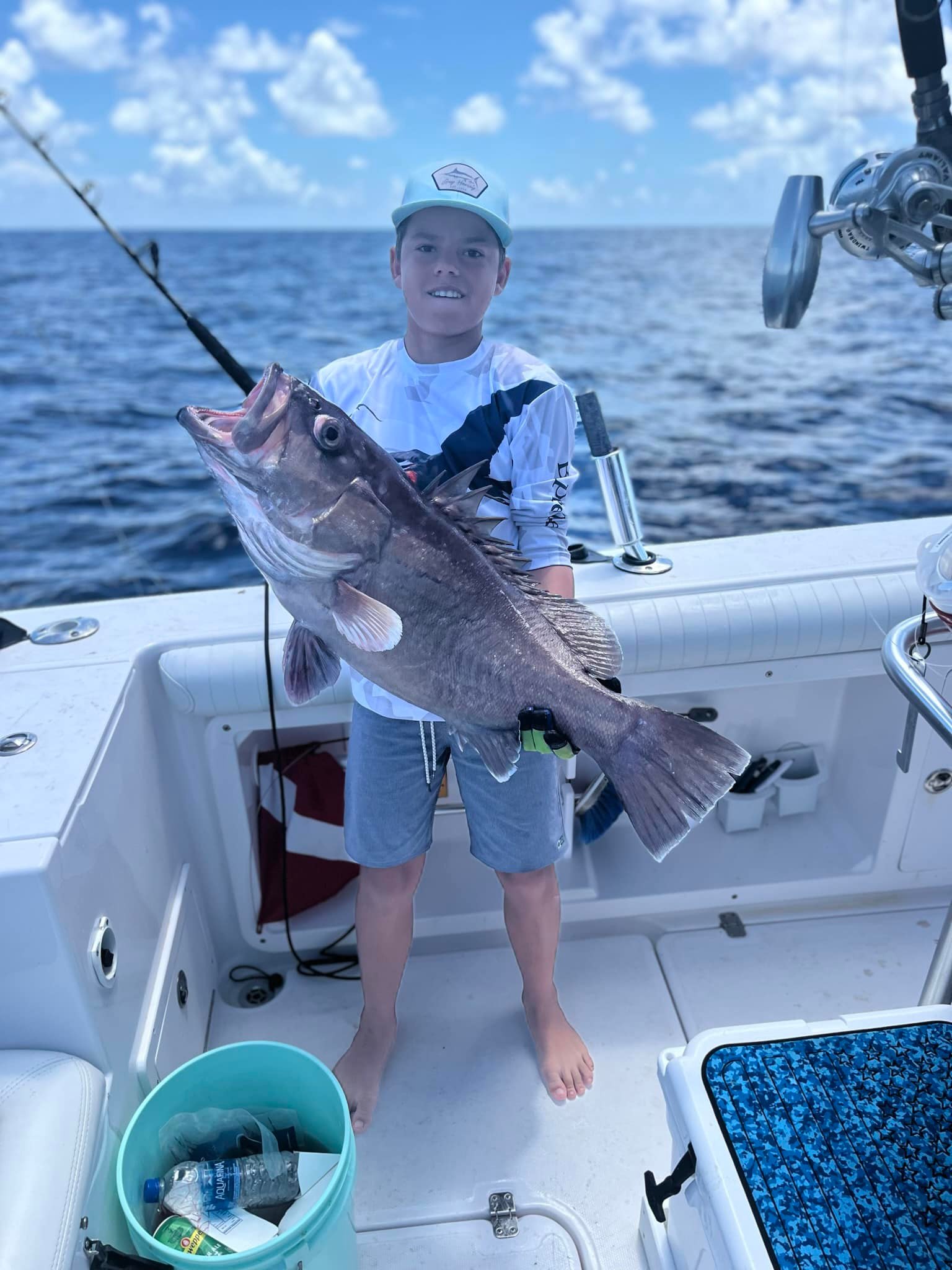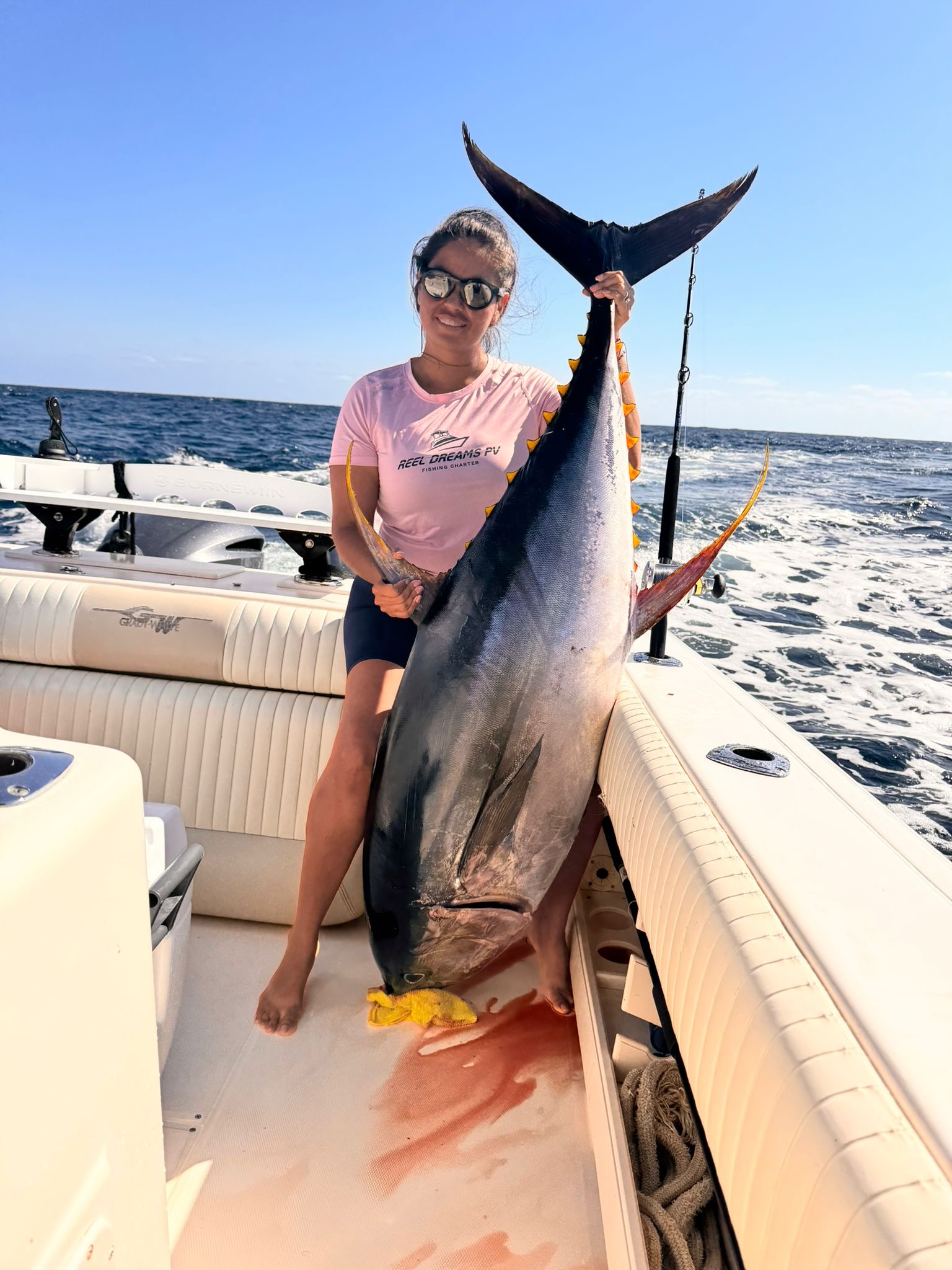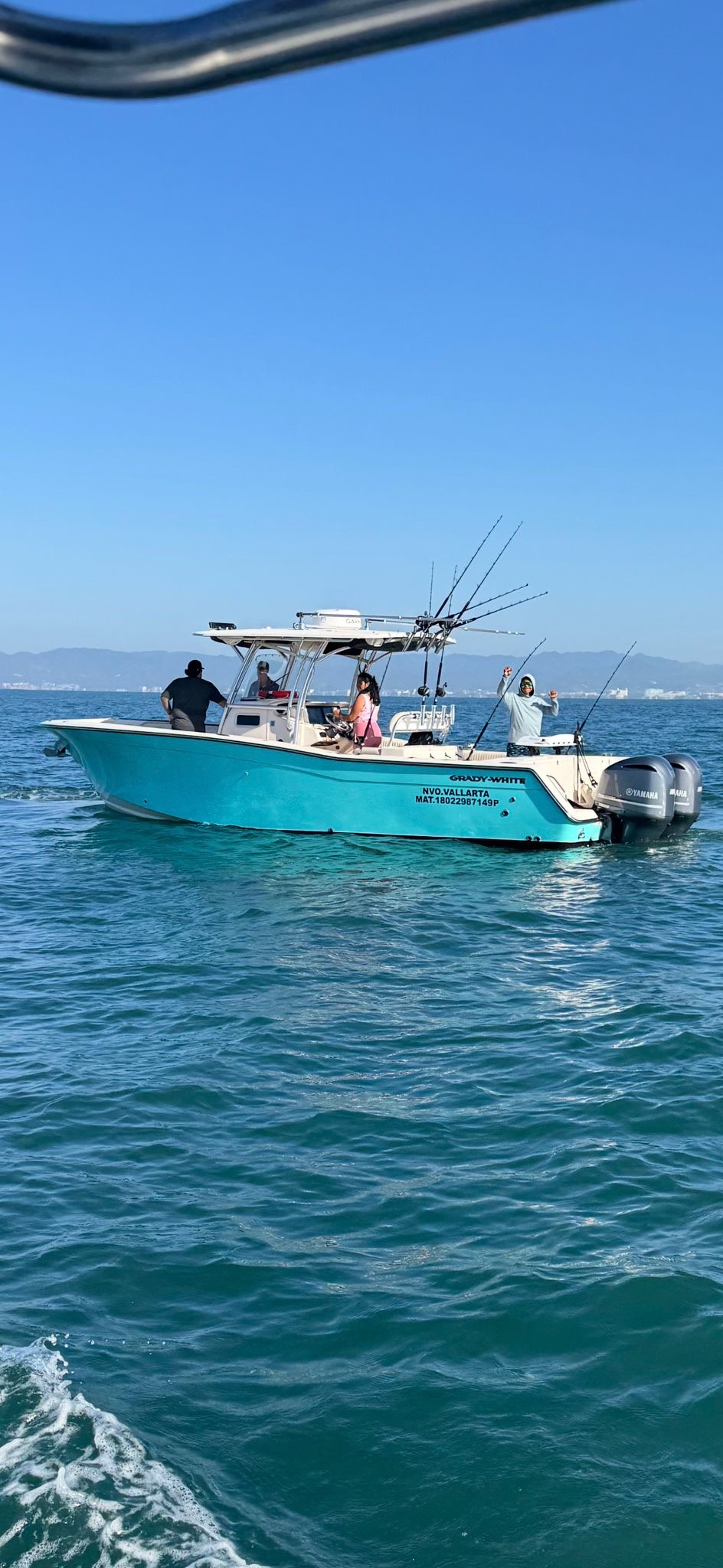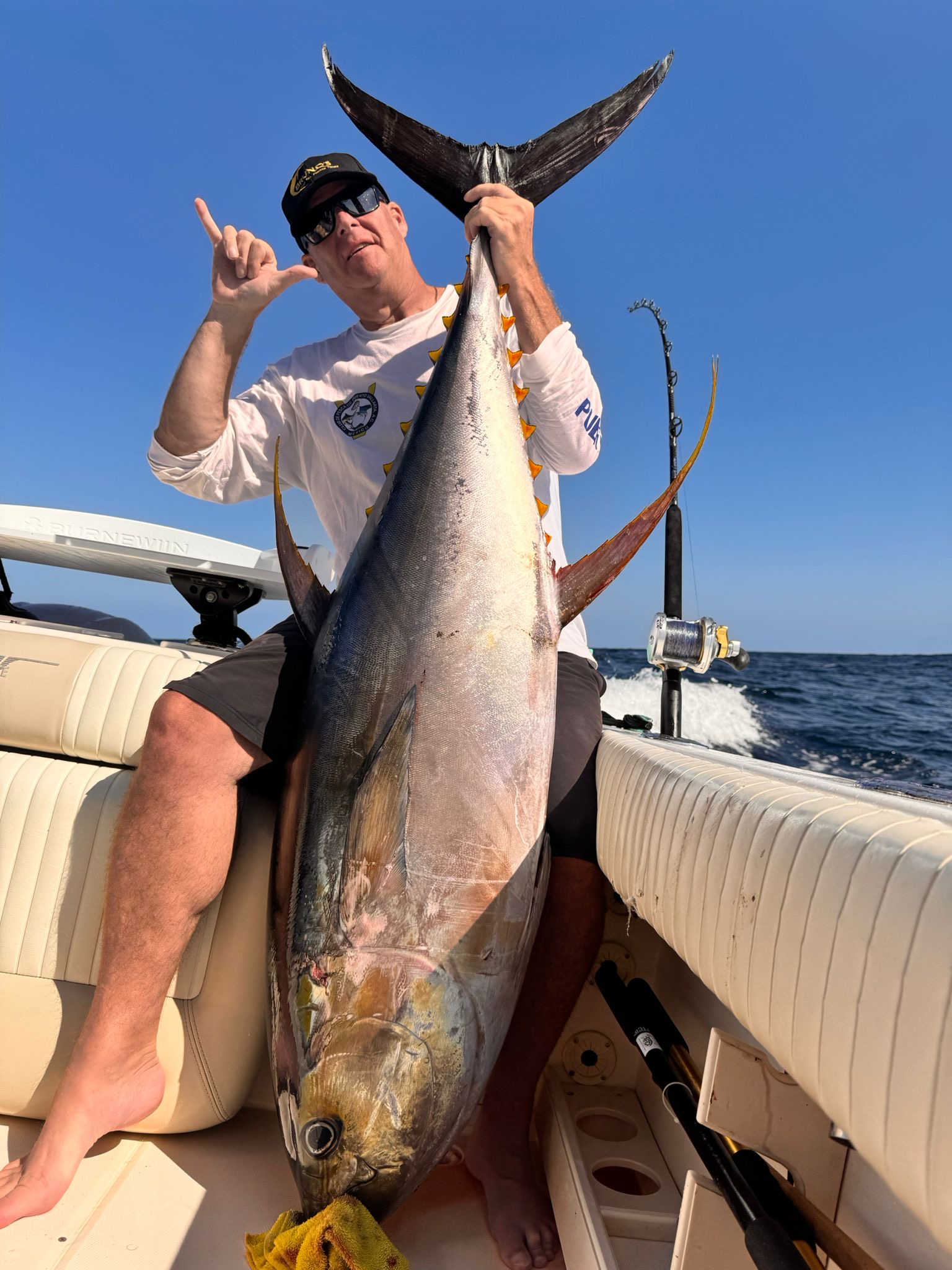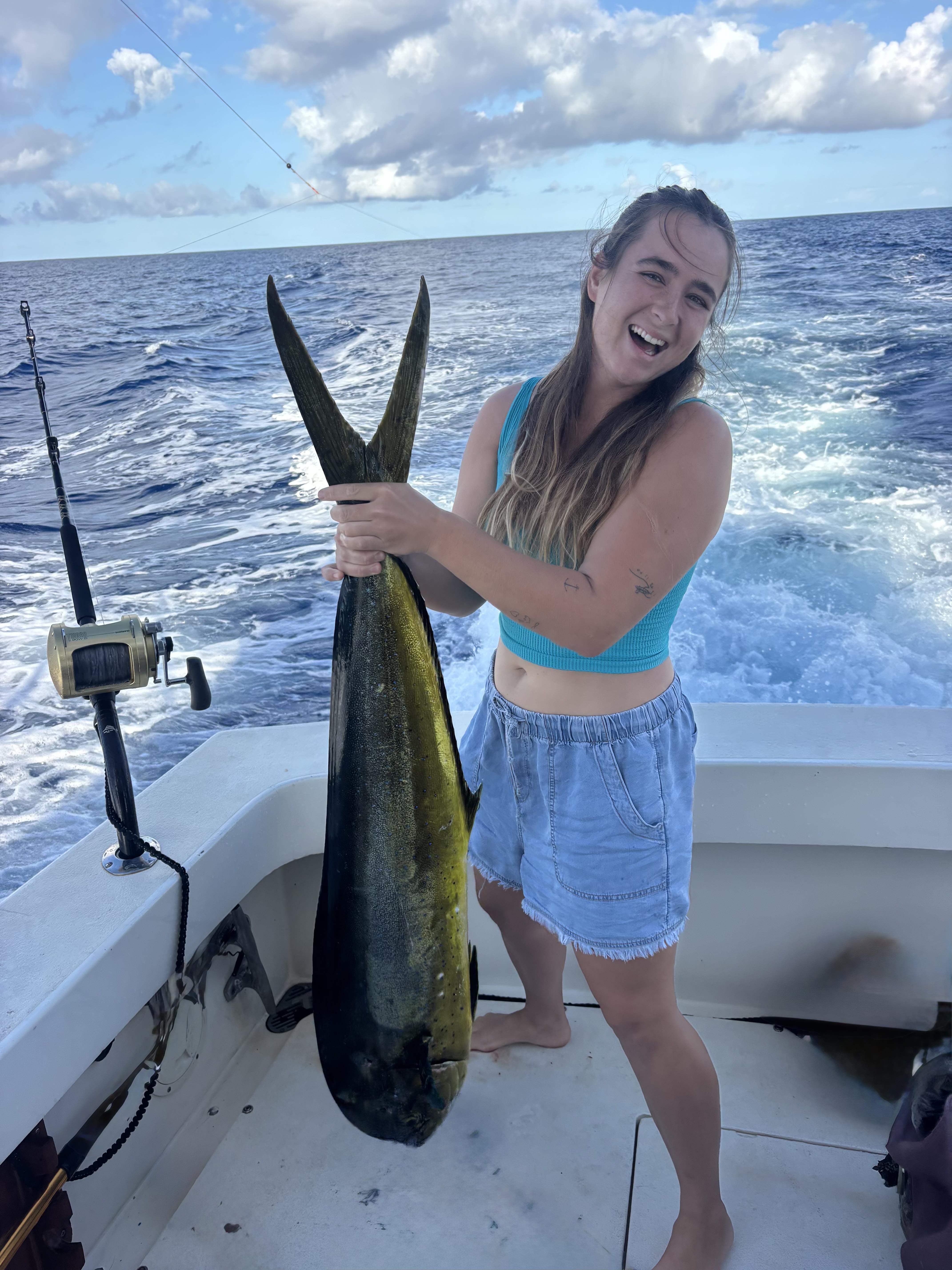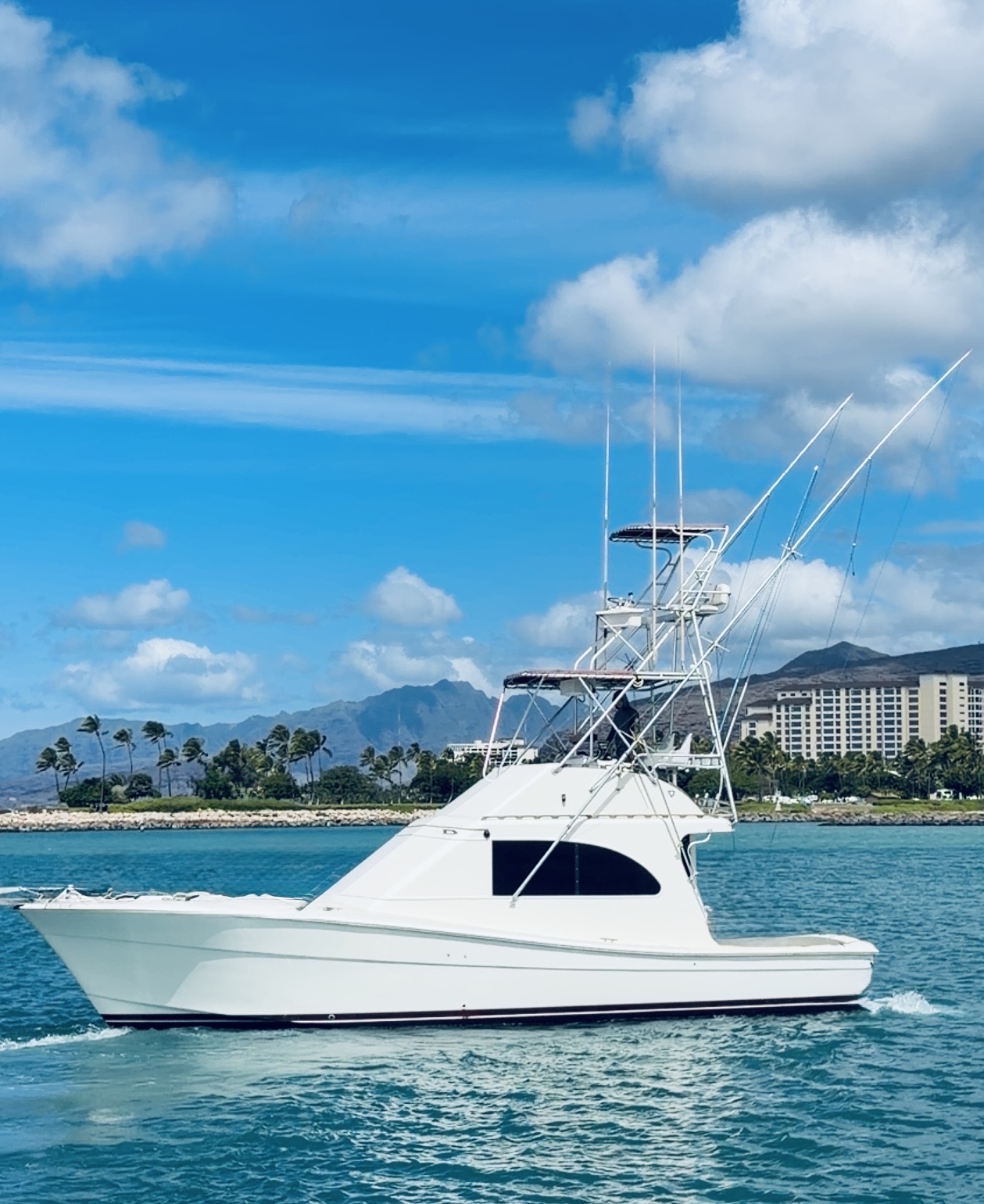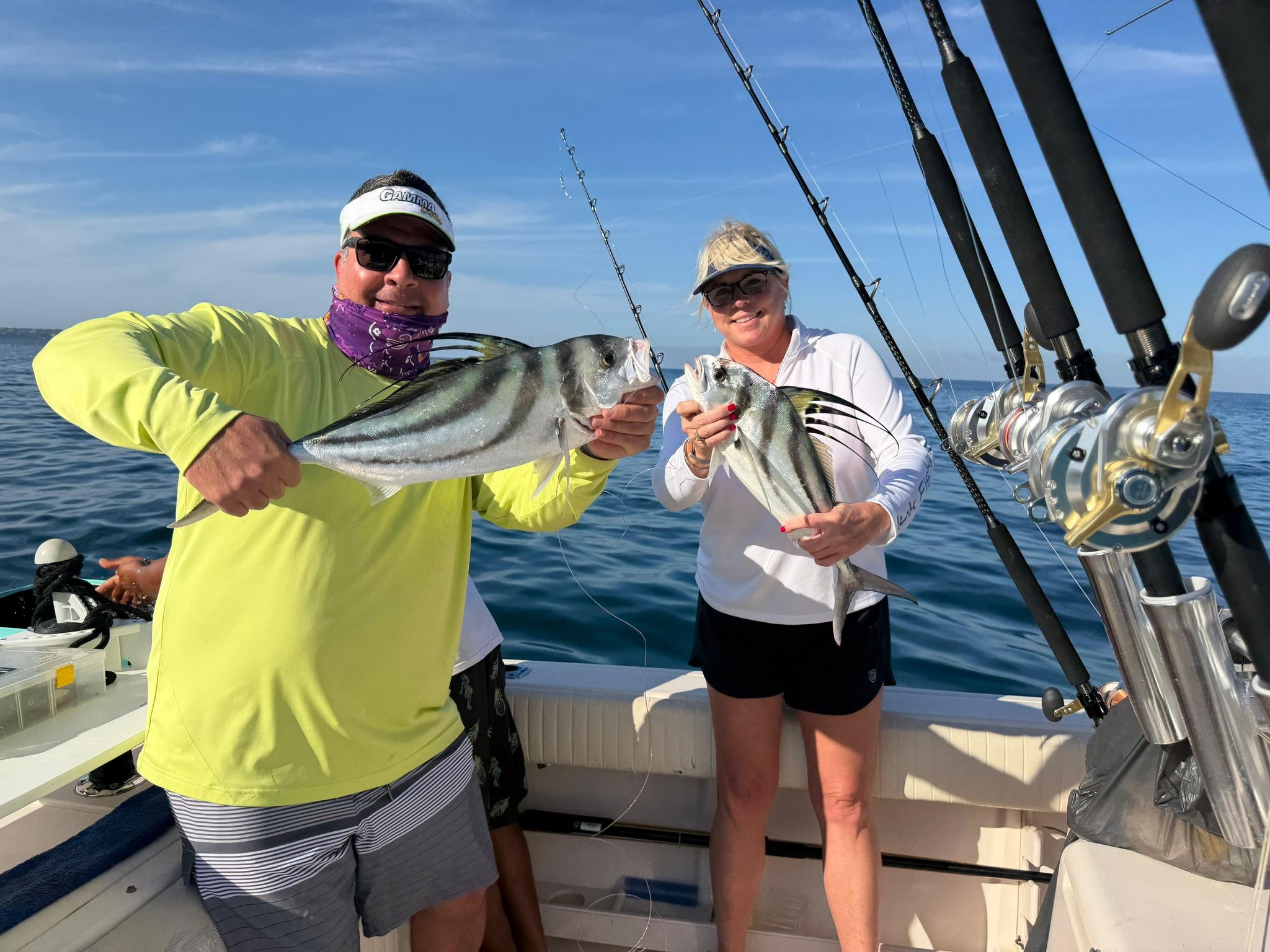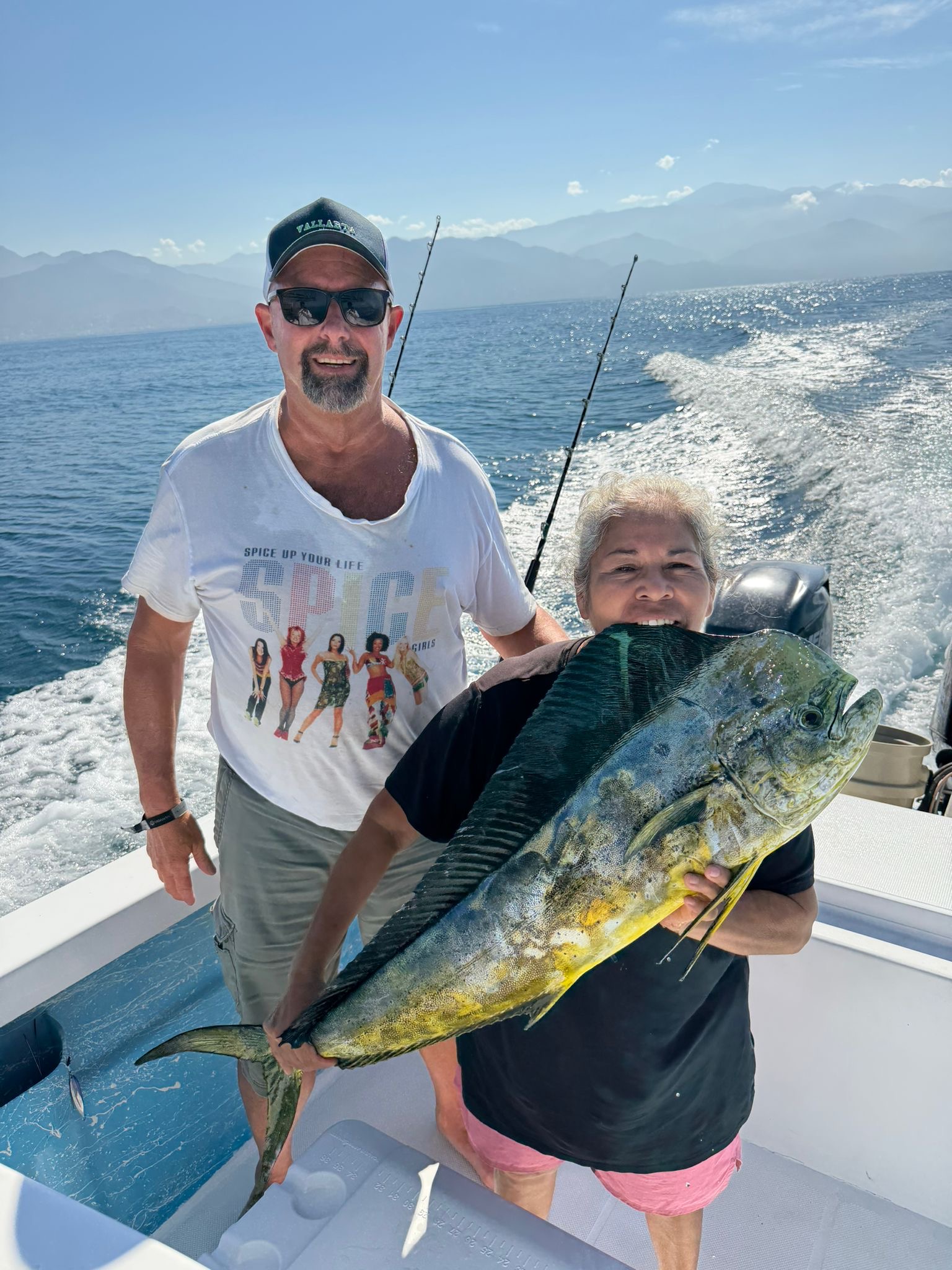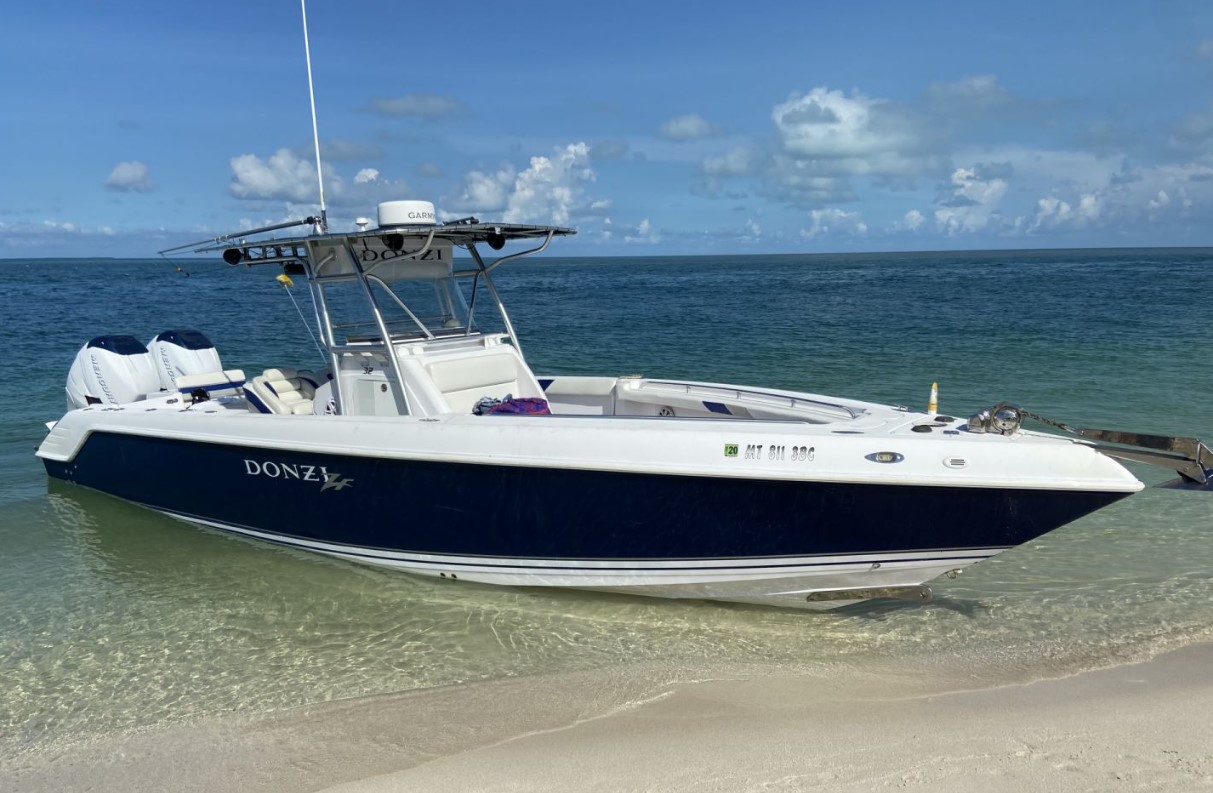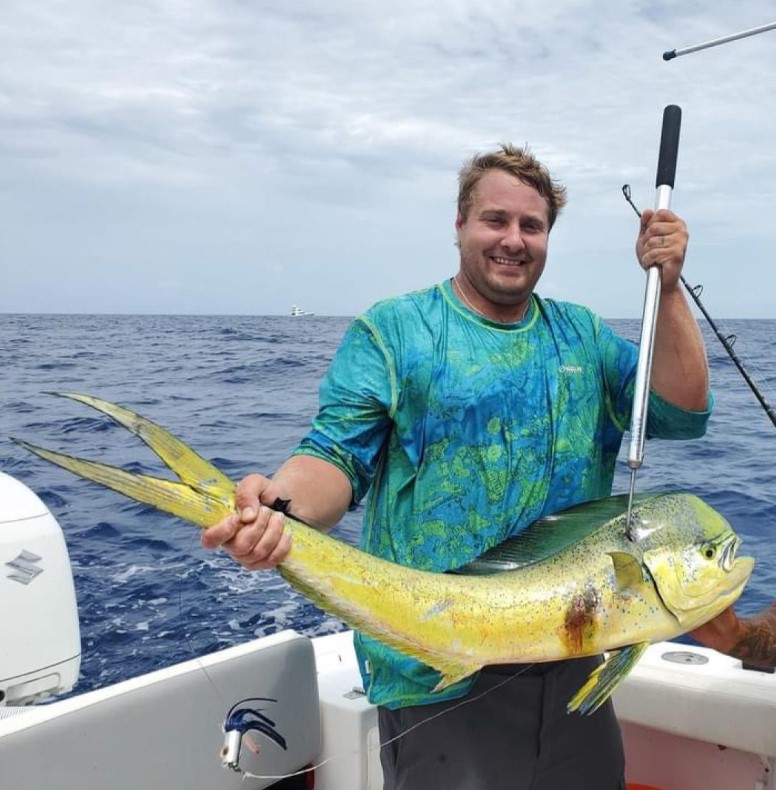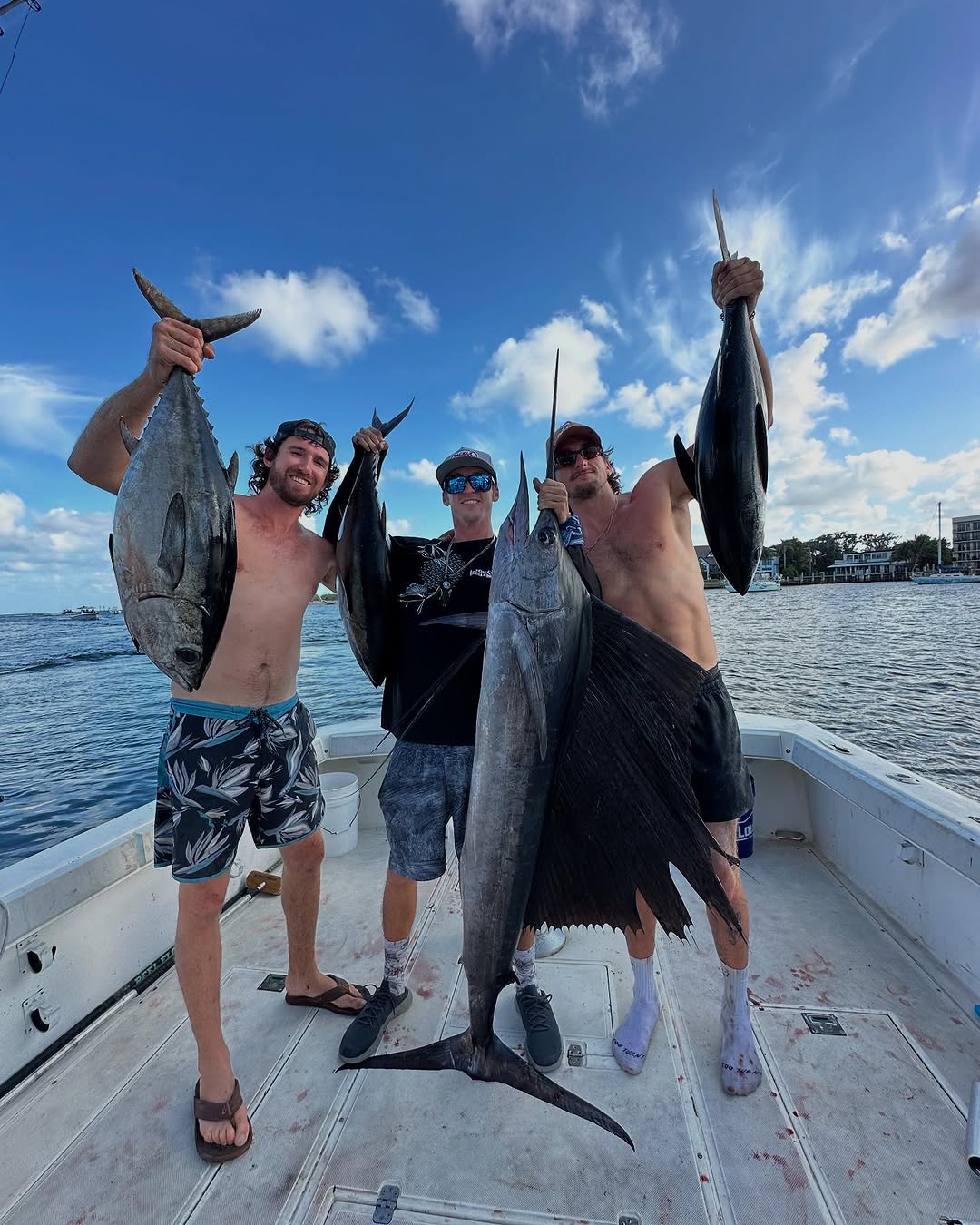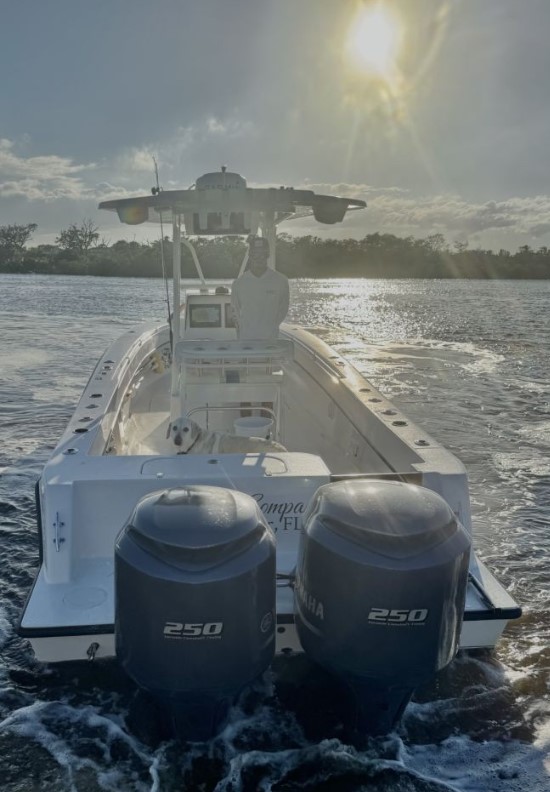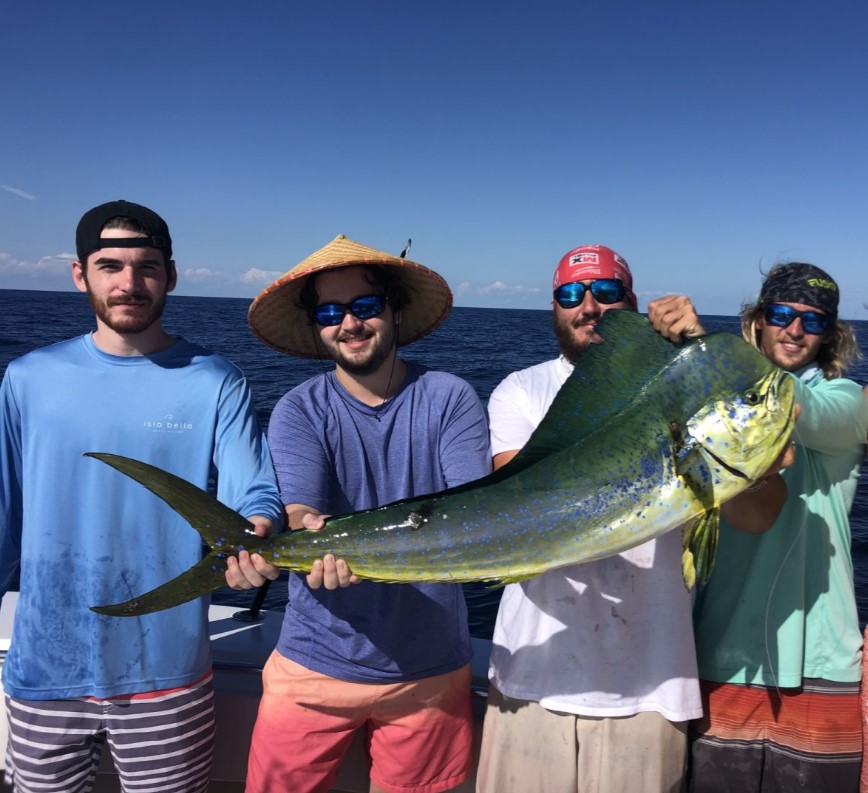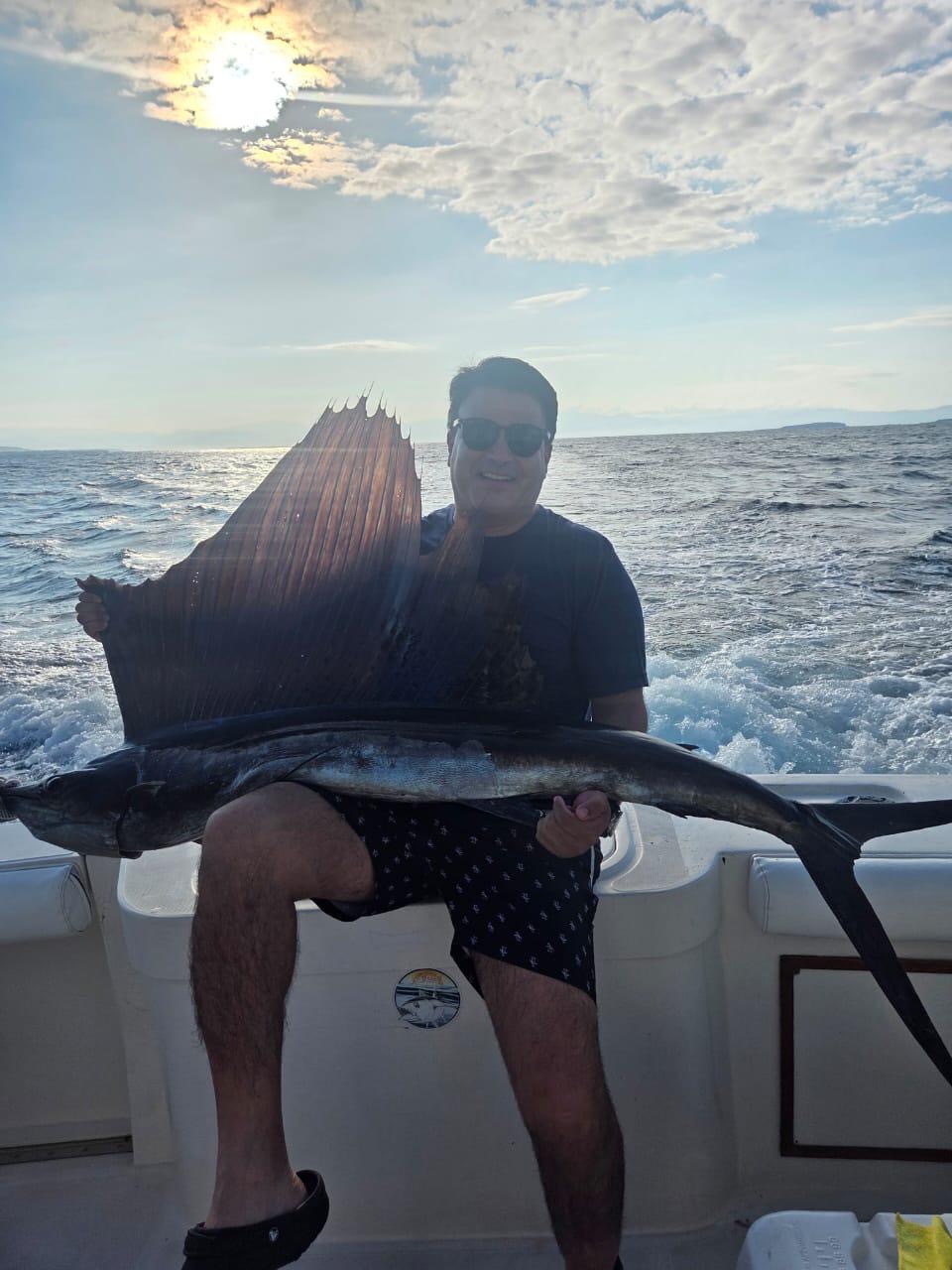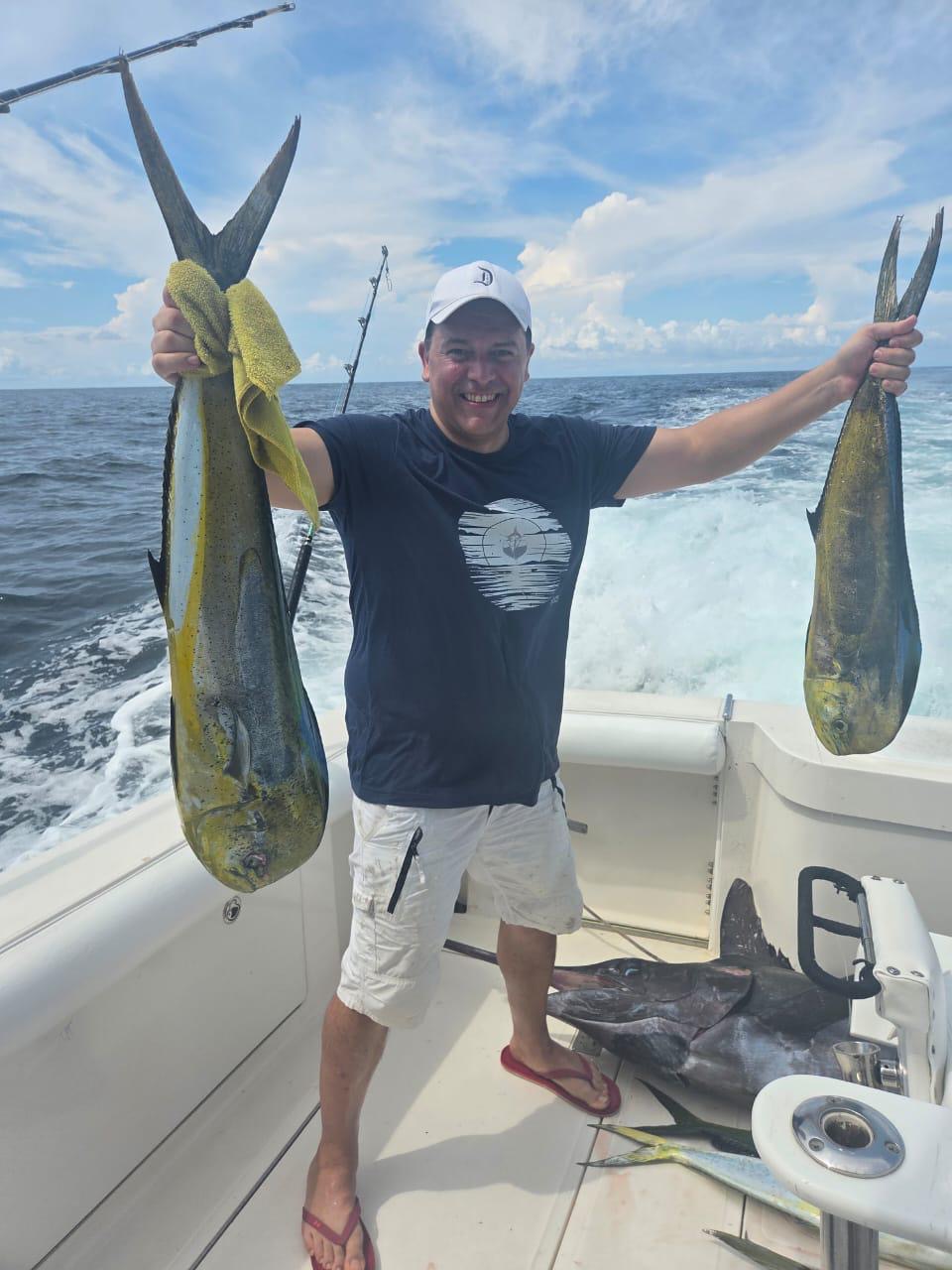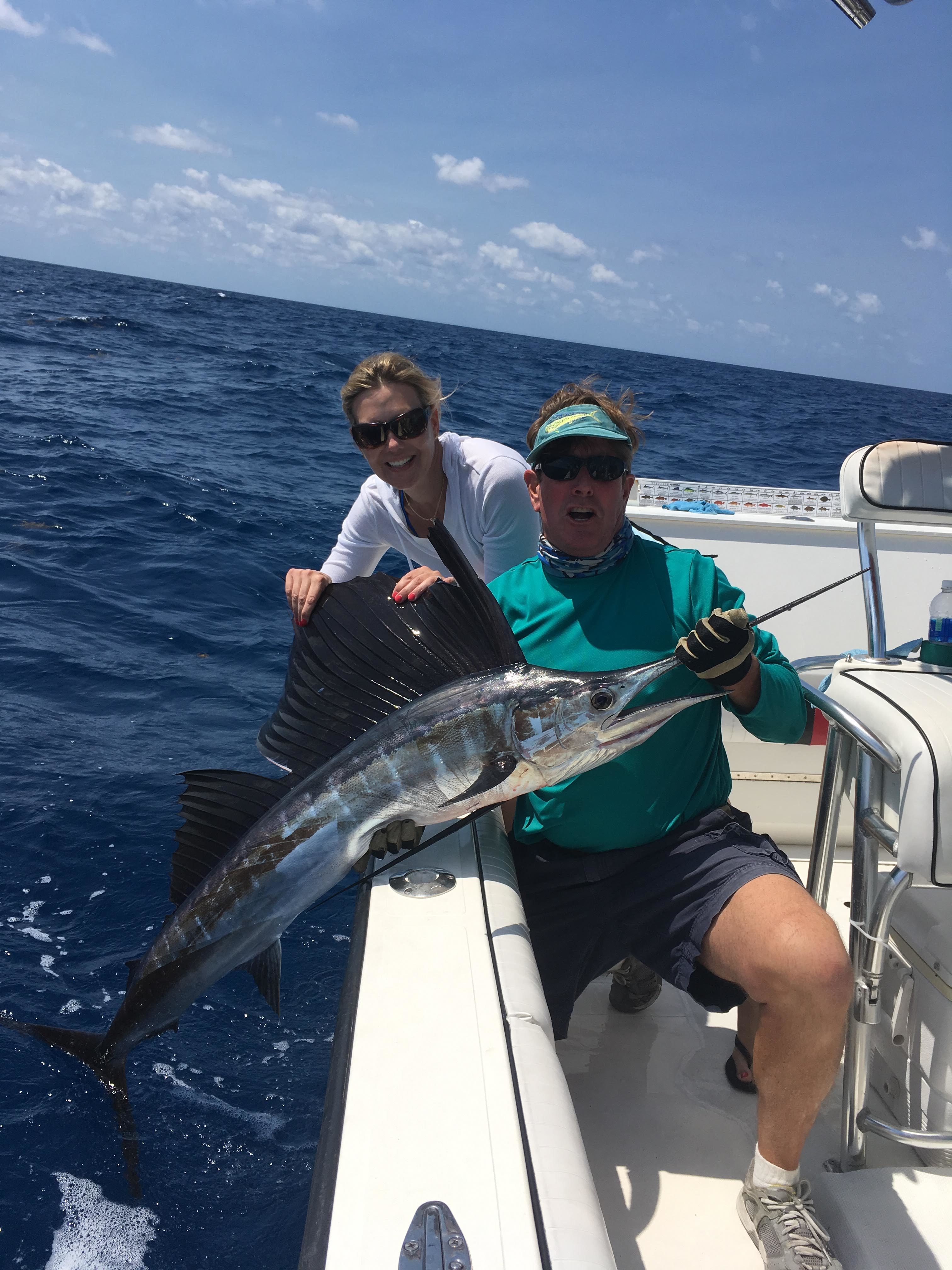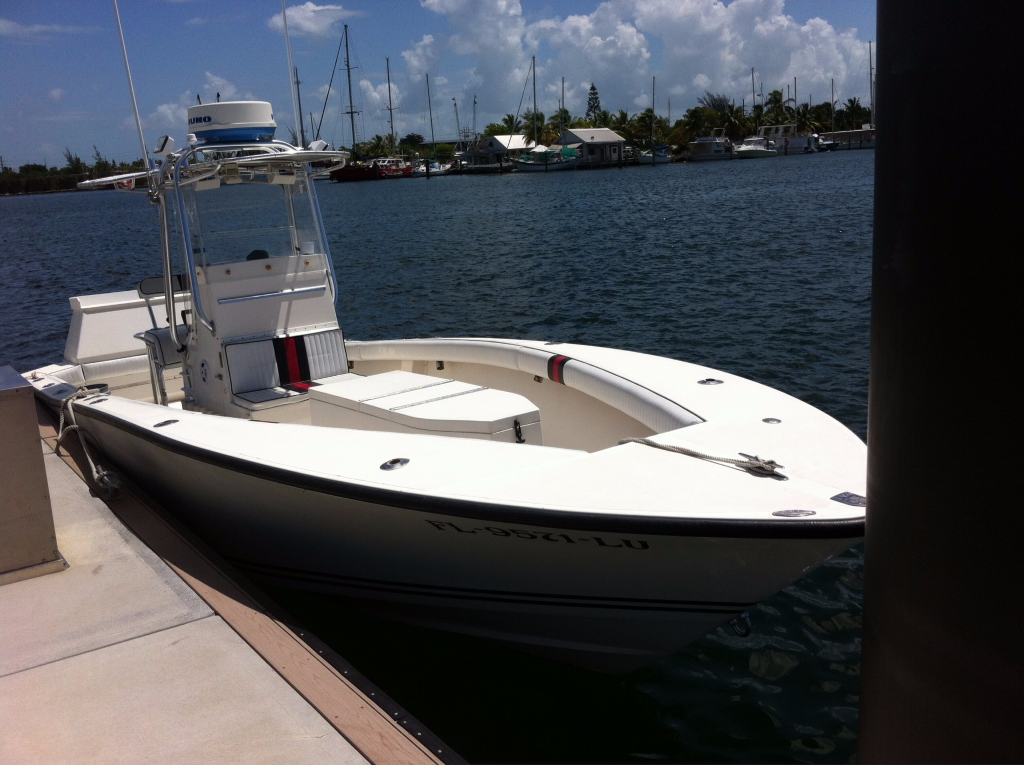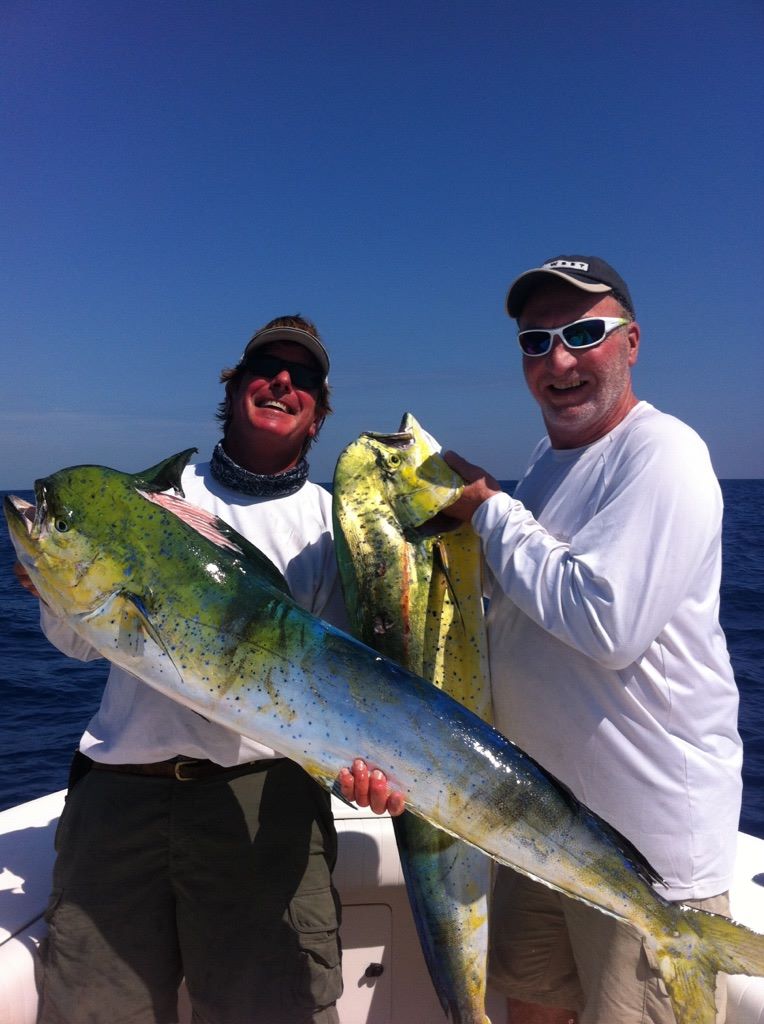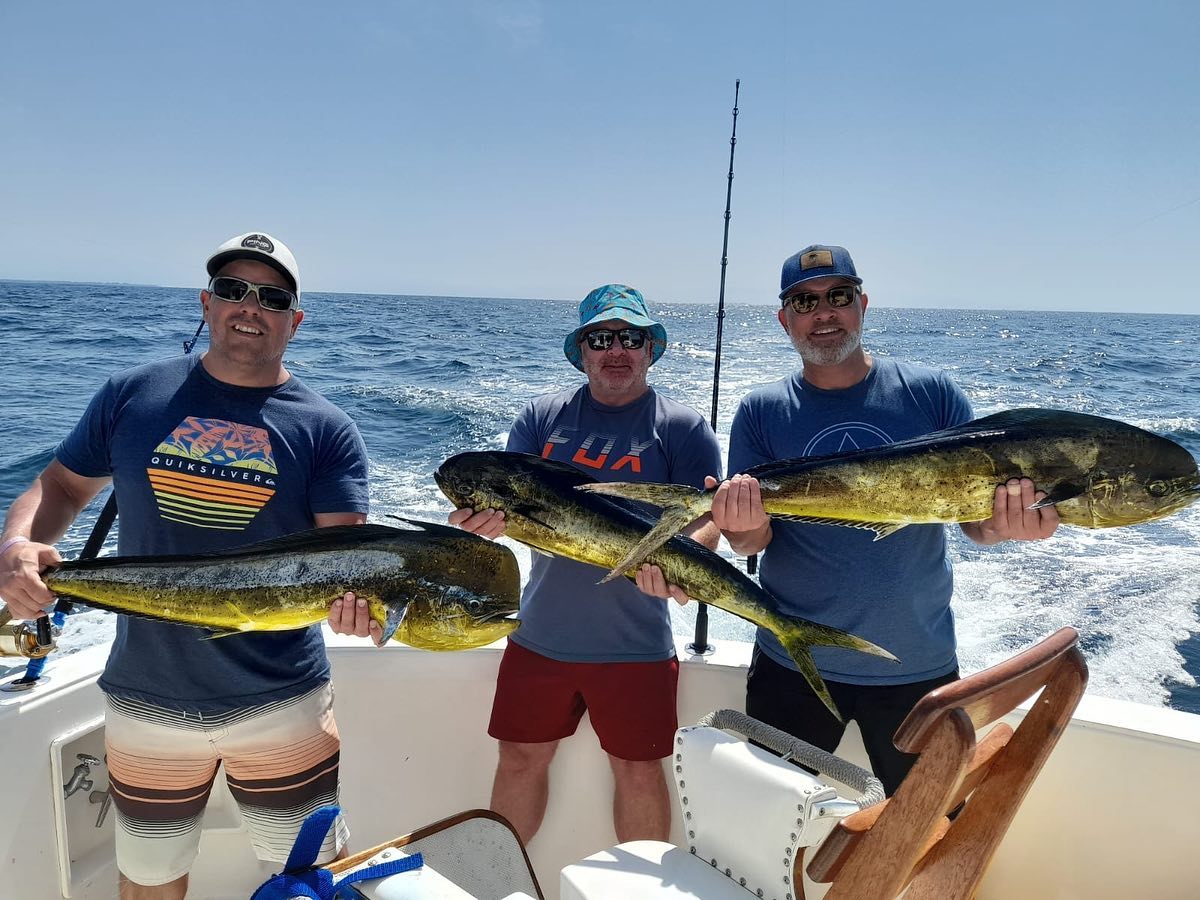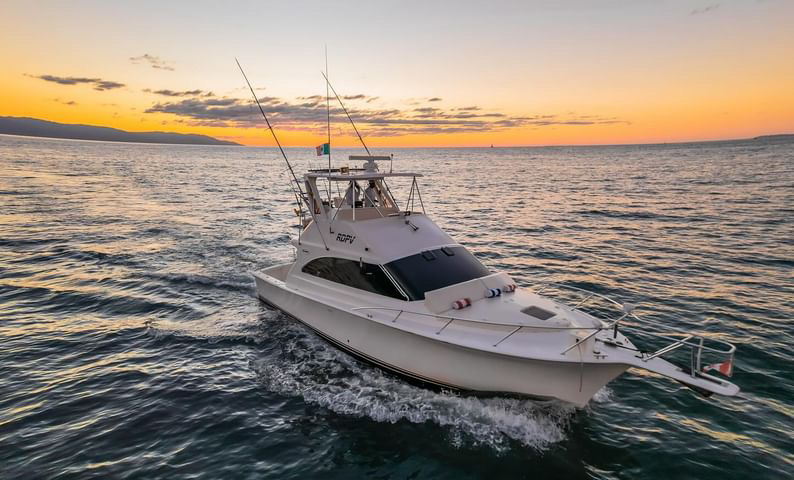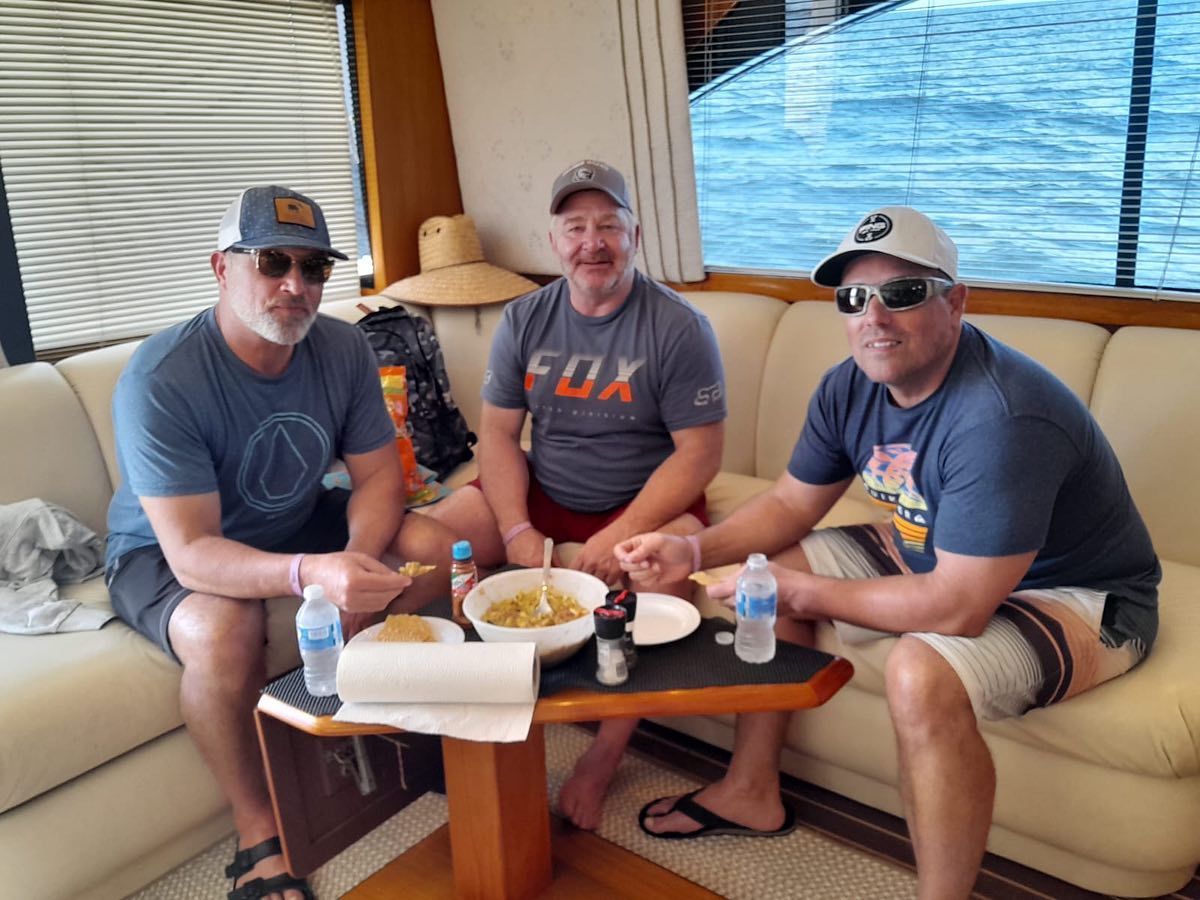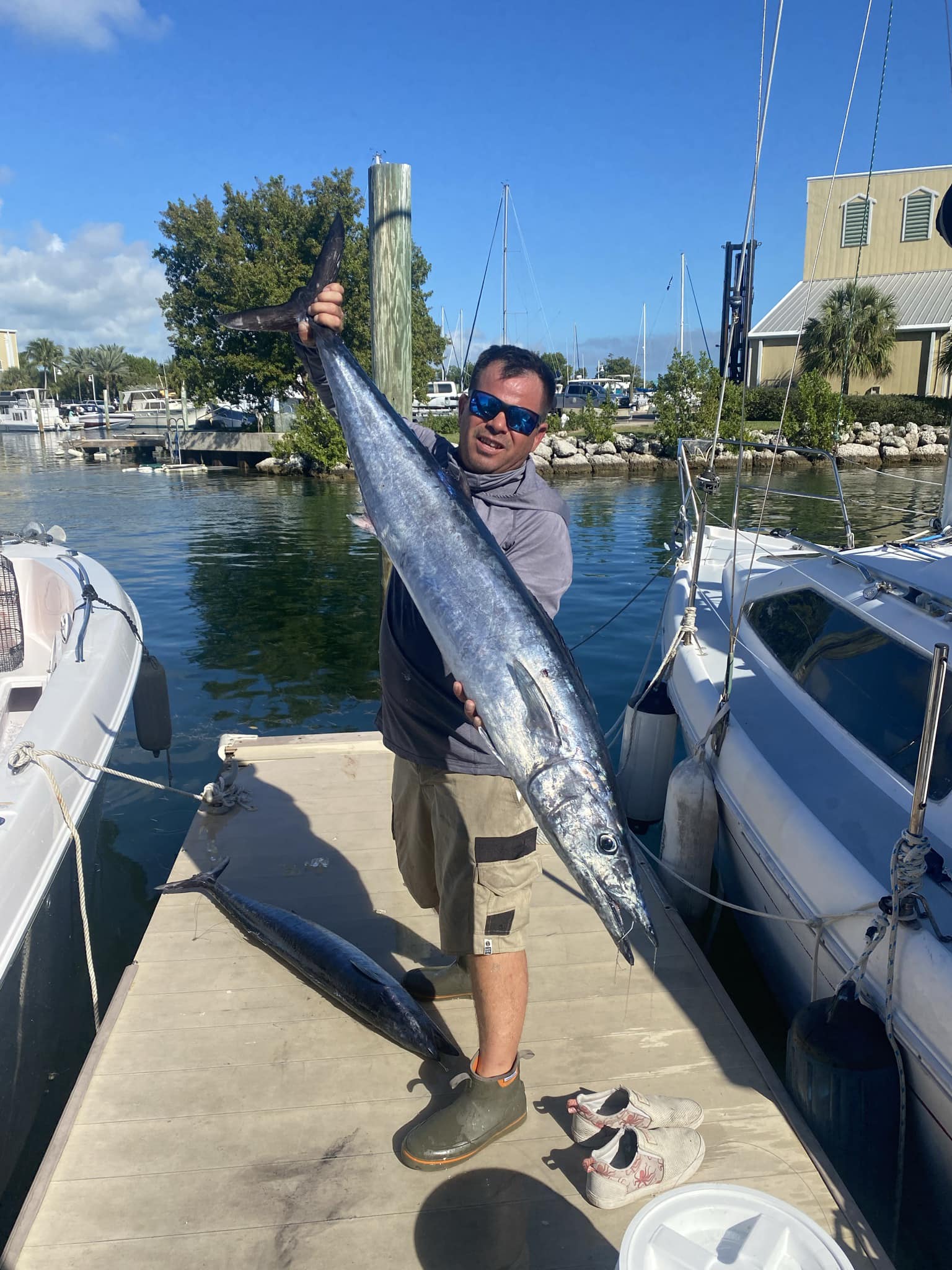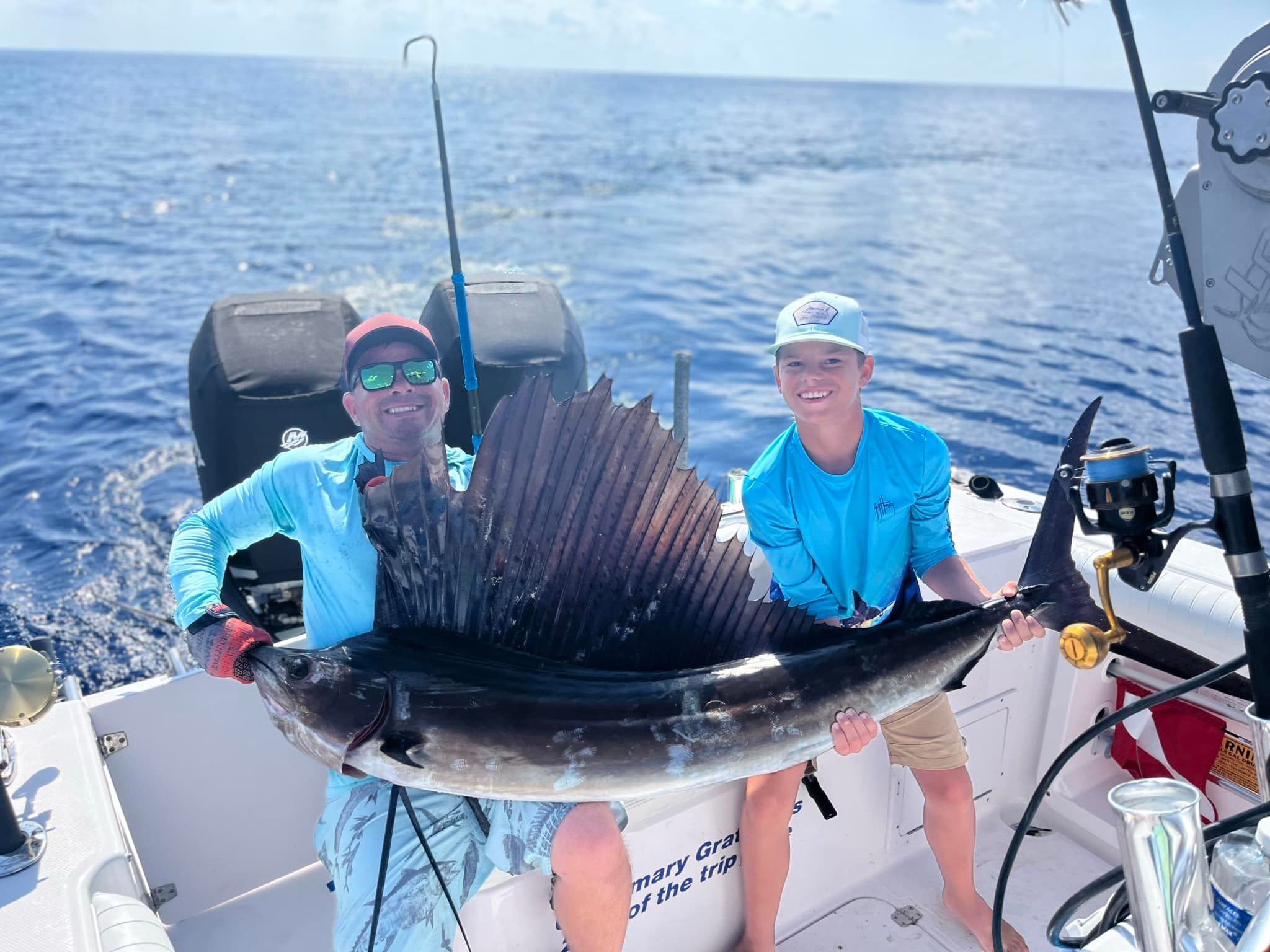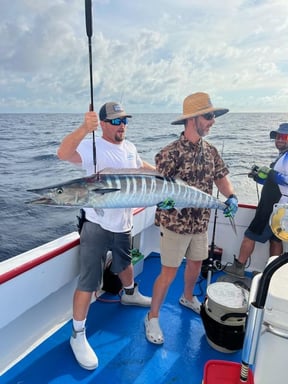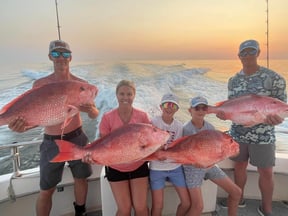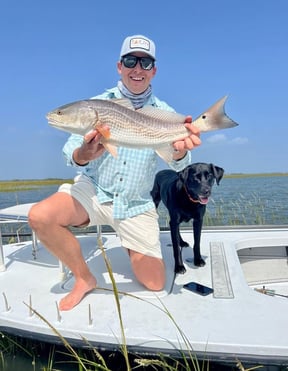Deep Sea, Nearshore Fishing in Key West
6-8 Hour Trip – Reef & Offshore
Deep Sea Fishing in Puerto Vallarta
31 Ft Grady White Deep Sea Fishing
Deep Sea Fishing in Kailua-Kona
Half Day Charter 4 Hours
Inshore, Deep Sea Fishing in Puerto Vallarta
31 Ft Grady White Half Day
Deep Sea, Nearshore Fishing in Key West
4-8 Hour Offshore Trip
Deep Sea, Nearshore Fishing in Riviera Beach
Palm Beach Offshore Trip
Deep Sea Fishing in Puerto Vallarta
Deep Sea Fishing 12 Hrs Luxury 35
Fishing Trip
Inshore, Deep Sea Fishing in Cruz de Huanacaxtle
Luxury 40 Ft Yacht La Cruz
Deep Sea, Nearshore Fishing in Key West
12 Hour Trip – Offshore
We started Captain Experiences to make it easy to book fishing and hunting guides around the world. With over 2,000 Damn Good Guides, our platform makes finding and booking a trip seamless. Head here to check out our trips.
The Basics of Trolling
Trolling involves dropping a lure behind a vessel and waiting for fish to bite at your bait as it passes by. Trolling can be a fun way to spend a day on the water because you just sit back, relax, and wait for the scream of the reels to signify a bite. One of the great things about trolling is that it can be done from a variety of vessels, including boats, kayaks, and even SUPs.
Whether you're fishing from a small boat or a large one, trolling can be an effective way to catch saltwater fish. When trolling from a boat, you'll want to use heavier tackle than you would when trolling from a kayak or SUP. This is because boats can cover more ground and thus, require heavier tackle to handle the increased speed and distance.
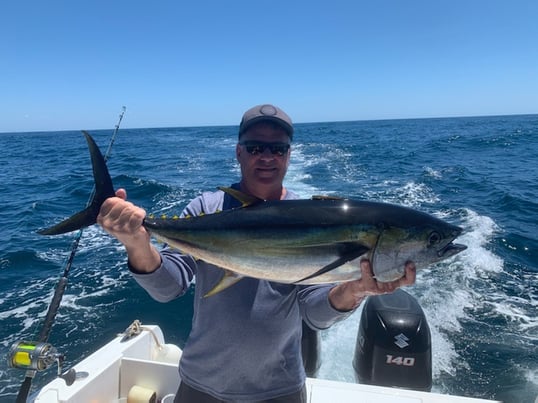
As far as equipment goes, you'll need a few basic items to get started with trolling. These include a fishing rod, a reel, line, lures, and weights. If you're trolling from a boat, you'll also need a downrigger or outrigger. Downriggers are devices that are used to lower your lure into the water. Outriggers, on the other hand, are devices that are used to keep your line from getting tangled.
When it comes to depth, saltwater fish can be found at a variety of depths. However, most saltwater fish are found in waters that are 50 feet or less. When trolling, you'll want to target these depths. To do this, you can use a variety of lures, including diving plugs, spoons, and strip baits. If you're not sure what lure to use, ask your local tackle shop for their recommendations.
Choosing a Lure
When trolling, you will want to use a variety of different lures. This will allow you to target a variety of species. Some of the most popular lures for trolling include crankbaits, spoons, and swimbaits. You can also use live bait such as baitfish, squid, and cut bait.
When choosing a lure, it is important to consider the depth of the water you will be trolling in. For example, if you are trolling in shallow water, you will want to use a lure that stays close to the surface. If you are trolling in deep water, you will want to use a lure that sinks down to the depths where the fish are swimming.
It is also important to consider the speed of your trolling motor when choosing a lure. Lures that are designed for slow trolling speeds will not work well at high speeds. Conversely, lures designed for fast trolling speeds will not work well at slow speeds. So, be sure to match the speed of your trolling motor to the type of lure you are using.
Targeting Techniques
Some of the most popular trolling techniques include slow trolling, fast trolling, and downrigger fishing.
Slow trolling is a great way to catch saltwater fish. This trolling technique involves dragging a lure behind the boat at a slow speed. Fish cannot help but be tempted by the lazy pull of the bait. On the other hand, trolling at faster speeds covers more area in the seas. Downrigger fishing is another great way to catch saltwater fish. This trolling technique involves using a downrigger to lower the lure down into the depths of the water. All these trolling techniques are often used to target large species such as tuna, marlin, and wahoo.
Milo Kashey
Updated on July 31, 2023
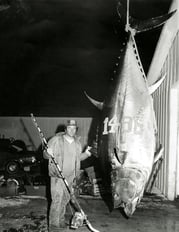
June 3, 2021

October 26, 2020

January 19, 2021

June 28, 2023
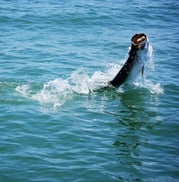
April 15, 2022
Related Articles
July 9, 2024
October 30, 2023
Featured Locations
- Fishing Charters Near Me
- Austin Fishing Guides
- Biloxi Fishing Charters
- Bradenton Fishing Charters
- Cabo San Lucas Fishing Charters
- Cancun Fishing Charters
- Cape Coral Fishing Charters
- Charleston Fishing Charters
- Clearwater Fishing Charters
- Corpus Christi Fishing Charters
- Crystal River Fishing Charters
- Dauphin Island Fishing Charters
- Daytona Beach Fishing Charters
- Destin Fishing Charters
- Fort Lauderdale Fishing Charters
- Fort Myers Fishing Charters
- Fort Walton Beach Fishing Charters
- Galveston Fishing Charters
- Gulf Shores Fishing Charters
- Hatteras Fishing Charters
- Hilton Head Fishing Charters
- Islamorada Fishing Charters
- Jacksonville Fishing Charters
- Jupiter Fishing Charters
- Key Largo Fishing Charters
- Key West Fishing Charters
- Kona Fishing Charters
- Lakeside Marblehead Fishing Charters
- Marathon Fishing Charters
- Marco Island Fishing Charters
- Miami Fishing Charters
- Montauk Fishing Charters
- Morehead City Fishing Charters
- Naples Fishing Charters
- New Orleans Fishing Charters
- New Smyrna Beach Fishing Charters
- Ocean City Fishing Charters
- Orange Beach Fishing Charters
- Panama City Beach Fishing Charters
- Pensacola Fishing Charters
- Pompano Beach Fishing Charters
- Port Aransas Fishing Charters
- Port Orange Fishing Charters
- Rockport Fishing Charters
- San Diego Fishing Charters
- San Juan Fishing Charters
- Sarasota Fishing Charters
- South Padre Island Fishing Charters
- St. Augustine Fishing Charters
- St. Petersburg Fishing Charters
- Tampa Fishing Charters
- Tarpon Springs Fishing Charters
- Venice Fishing Charters
- Virginia Beach Fishing Charters
- West Palm Beach Fishing Charters
- Wilmington Fishing Charters
- Wrightsville Beach Fishing Charters

